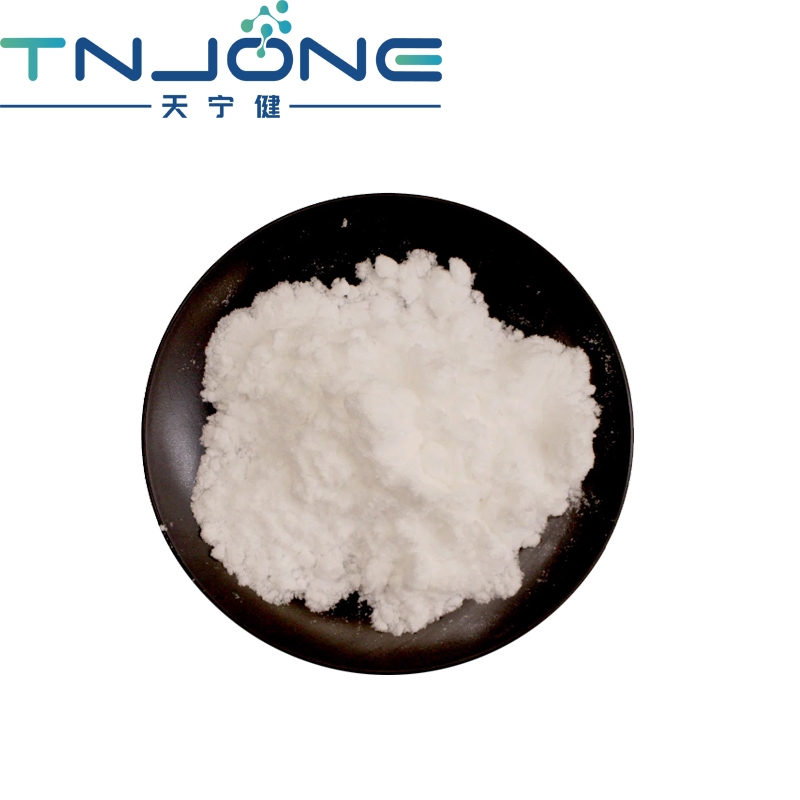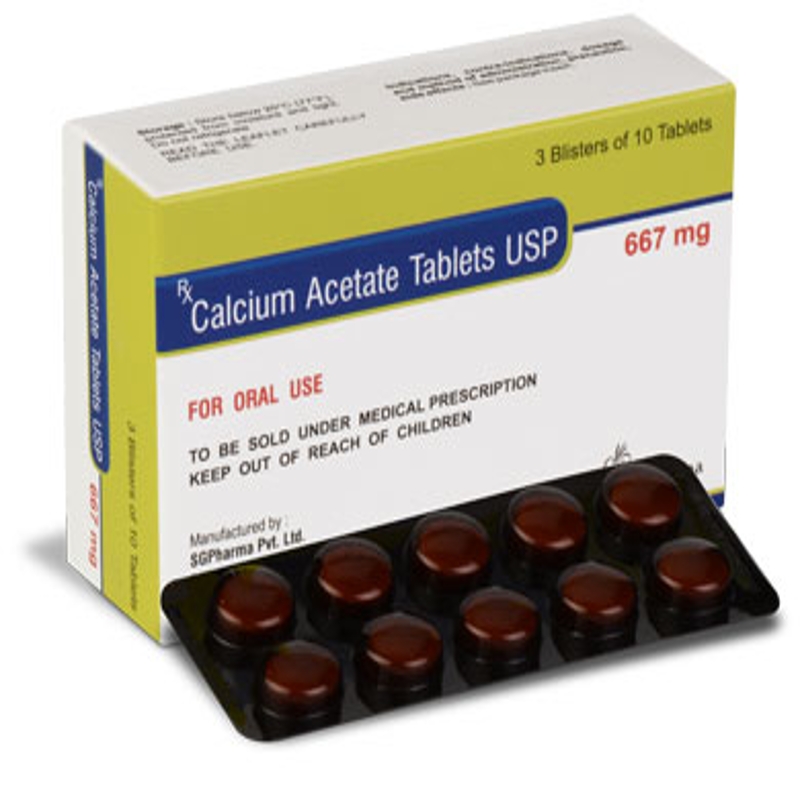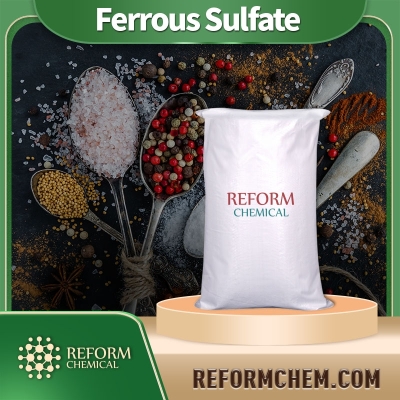-
Categories
-
Pharmaceutical Intermediates
-
Active Pharmaceutical Ingredients
-
Food Additives
- Industrial Coatings
- Agrochemicals
- Dyes and Pigments
- Surfactant
- Flavors and Fragrances
- Chemical Reagents
- Catalyst and Auxiliary
- Natural Products
- Inorganic Chemistry
-
Organic Chemistry
-
Biochemical Engineering
- Analytical Chemistry
-
Cosmetic Ingredient
- Water Treatment Chemical
-
Pharmaceutical Intermediates
Promotion
ECHEMI Mall
Wholesale
Weekly Price
Exhibition
News
-
Trade Service
Microvesicles are smaller double-membrane-encapsulated particles shed from cells
thrombus
Recently, a research article was published in the Journal of Thrombosis and Haemostasis, an authoritative journal of thrombosis and coagulation diseases.
In a population-based nested case-control study of 314 VTE cases and 705 age- and sex-matched controls (from the Tromsø study), we analyzed the proportion (%) of PD microvesicles in plasma compared with Associations between the risk of future venous thromboembolic events
Compared with subjects in the lowest quartile of proportion of PD microvesicles, subjects in the highest quartile of proportion of PD microvesicles had an OR of 1.
CONCLUSIONS: The results of this study suggest that a higher proportion of PD microvesicles are associated with future risk of VTE and suggest a role for platelet activation in the pathogenesis of VTE
The results of this study suggest that a higher proportion of PD microvesicles is associated with future risk of VTE and suggest a role for platelet activation in the pathogenesis of VTE
Original source:
Plasma levels of platelet-derived microvesicles are associated with risk of future venous thromboembolismLeave
a comment here







